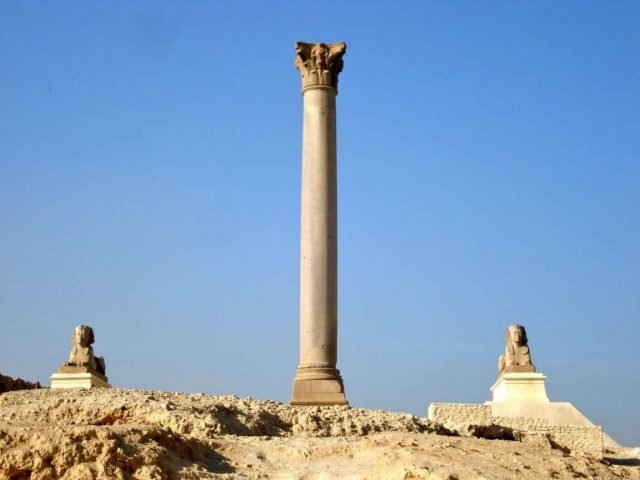Kom El-Dikka area, west of the Attarin department
Kom El-Dikka area, west of the Attarin department
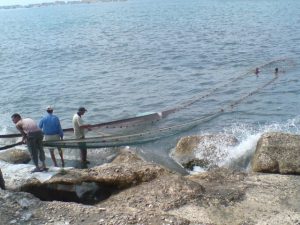
Roman Theater
The theater is located in the Kom El-Dikka area, west of the Attarin Department. It was built in the Roman era in the fourth century AD. It was discovered by chance when the Polish mission removed dirt from it, believing that it was the tomb of Alexander the Great. The theater consists of thirteen rows numbered in Greek made of red granite, topped by five Booths with domes and two halls decorated with mosaics. The mission discovered beside the theater some teaching halls, which changes the idea of being a theater to being a large lecture hall for reciting the flag and using the amphitheater as a theater in celebrations.
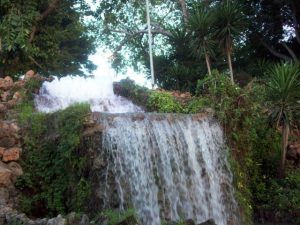
The eastern port
This port is considered one of the oldest ports in the Mediterranean. Its construction began in the village of Rakoda in 2000 BC. AD in favor of working on the island of Pharos. Alexander the Great ordered its construction in order to compensate for the destruction of the port of Tire and through it he could occupy a great position in trade. He also sought to build a large port connecting the countries of the ancient world In the eastern port, the eastern port includes many areas such as Bahary, Mansheya, Raml Station and Shatby. It is currently called the Alexandria sea port. The port is used to dock the ships of tourists coming from countries bordering the Mediterranean, as well as ships loaded with goods, whether import or export.

Alexandria National Museum
The museum is located on Fouad Street (currently 110 Freedom Road), which is a palace for a former wood merchant, Asaad Basili. It was purchased by the US Embassy for 53 thousand pounds, and then the Supreme Council of Antiquities bought it for 12 million pounds. It is built in the Italian style and contains more than 1,800 antiquities including the Pharaonic era and the era Ptolemaic, Roman, Byzantine, Islamic and modern times, such as the holdings of the family of Muhammad Ali Pasha. It was opened in 2003 by former President Muhammad Hosni Mubarak.
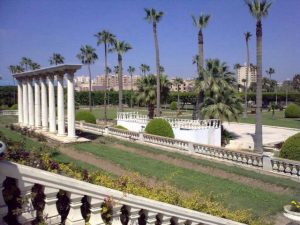
Greco-Roman Museum
The museum is located in the Raml Station, which was inaugurated by Khedive Abbas Helmy II in 1895 AD. The museum includes a large variety of Pharaonic, Greek and Roman antiquities from the third century BC until the third century AD. Its halls to 26 halls contain many relics such as a head made of marble for Julius Caesar, a head made of marble for Alexander the Great, a mummy in color for a deceased from the Roman era, a group of pottery, a group of golden ornaments, Ptolemaic and Roman mummies, a huge head of Ptolemy VI, and a statue For the god of the Nile, statues of the emperors of Rome.
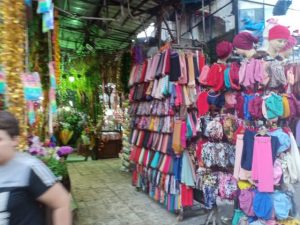
The sunken cities of Abu Qir
The city of Alexandria is considered one of the cities that has been subjected to drowning more than once due to climatic and natural changes. Some divers found the ruins of an ancient city called Heraclion in the Abu Qir area in Alexandria. The European Union’s scientific mission revealed that the city was named after the Greek hero Heraclius. The most important ports on the coasts of the Mediterranean in the sixth century BC, hundreds of sunken ships and boats were found belonging to the city, and the importance does not depend only on trade, but the city had a religious significance represented in finding the temple of Heraclion to worship the god Amun and some ancient manuscripts, and also found on Statues of the Ptolemaic kings, some gold coins, pots and jewels.
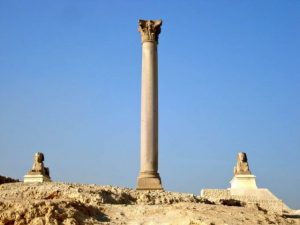
Royal Jewelery Museum
The museum is located in the Zizinia area of Alexandria, which enjoys calm and sophistication. It was built in 1919 AD. It was owned by Princess Fatima al-Zahra, which was established in the European style and includes many royal jewels. These jewels were confiscated after the July 23 revolution, which belongs to the royal family starting from Muhammad Ali Pasha to Farouk I The museum includes 11,500 pieces, the most important of which is a gold snuff box, camouflaged with enamel and stamped with the name of Muhammad Ali, as well as a group of platinum and gold cups and 2,753 diamond lobes owned by Prince Muhammad Ali Tawfiq, a set of scarves, gold watches and necklaces encrusted with jewelry from the era of Khedive Said Pasha, and a jewelry collection Queen Nazli, King Farouk and Queen Safinaz Antiques Collection.
